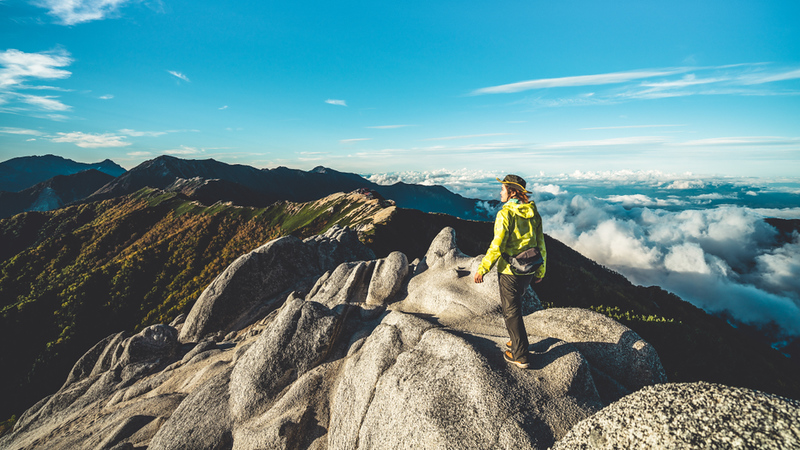Discovering Japan's Natural Splendors: A Trekker's Guide to Unforgettable Journeys
Japan, often celebrated for its modernity and technological advancements, is also a treasure trove of natural beauty and outdoor adventures. For trekking enthusiasts, Japan offers a diverse range of landscapes, from lush forests and towering mountains to scenic coastal trails. In this article, we will delve into the best trekking spots in Japan, highlighting the unique features and experiences each destination has to offer.
Mount Fuji – The Iconic Ascent:
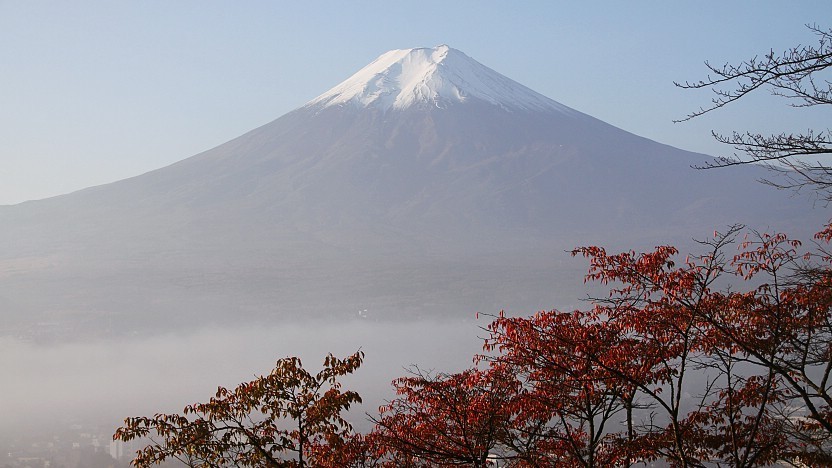
No discussion about trekking in Japan is complete without mentioning Mount Fuji, the country's highest peak and a symbol of Japan's natural grandeur. Standing at 3,776 meters, Mount Fuji is an iconic stratovolcano that attracts thousands of hikers and climbers each year. The climbing season typically runs from early July to early September when the weather is more favorable.

The most popular route is the Yoshida Trail, starting from the fifth station. As trekkers ascend, they are treated to breathtaking views of the surrounding landscapes, including pristine lakes and dense forests. Reaching the summit allows for an awe-inspiring sunrise, an experience cherished by those who conquer Mount Fuji.
The Nakasendo Trail – A Historical Journey:
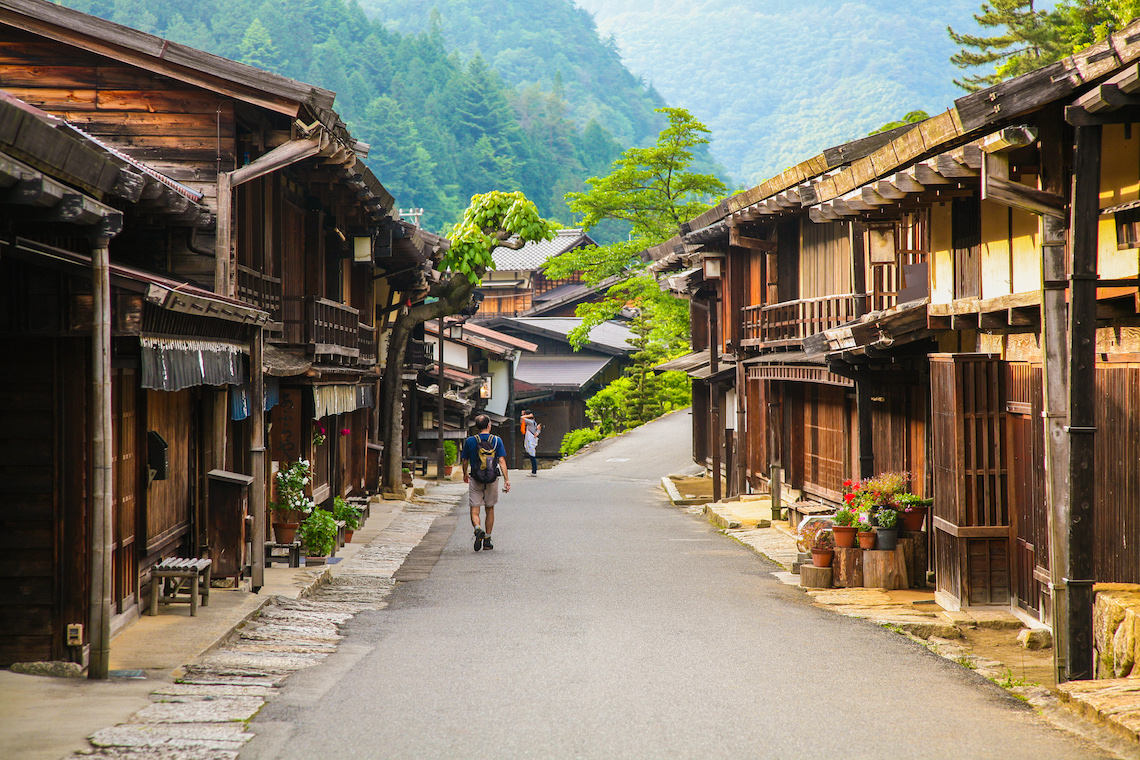
For trekkers interested in combining nature with history, the Nakasendo Trail offers a unique adventure. Dating back to the Edo period, this ancient highway connected Kyoto and Edo (modern-day Tokyo). Today, the trail is divided into various sections, with the Magome to Tsumago route being one of the most popular.

This moderate trek takes hikers through charming villages, picturesque landscapes, and lush forests. The well-preserved traditional post towns of Magome and Tsumago provide a glimpse into Japan's rich cultural heritage. Along the way, trekkers can stay in minshuku (traditional Japanese inns) and savor local delicacies, creating an immersive experience of both nature and history.
The Kumano Kodo – Pilgrimage through Sacred Landscapes:

For those seeking a spiritual and physically challenging trek, the Kumano Kodo is an ancient network of pilgrimage routes on the Kii Peninsula. Designated as a UNESCO World Heritage Site, the Kumano Kodo connects various Shinto shrines and Buddhist temples, including the grand Kumano Hongu Taisha.
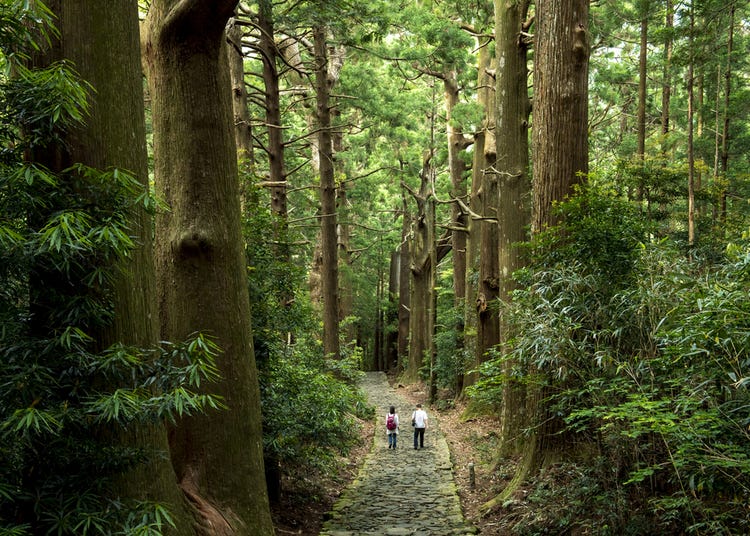
One of the most famous routes is the Nakahechi Trail, which takes trekkers through mystical forests, past serene waterfalls, and to sacred shrines. The sense of tranquility and connection to nature is palpable as hikers follow in the footsteps of pilgrims who have traversed these paths for centuries.
Yakushima – Enchanted Forests and Ancient Cedars:
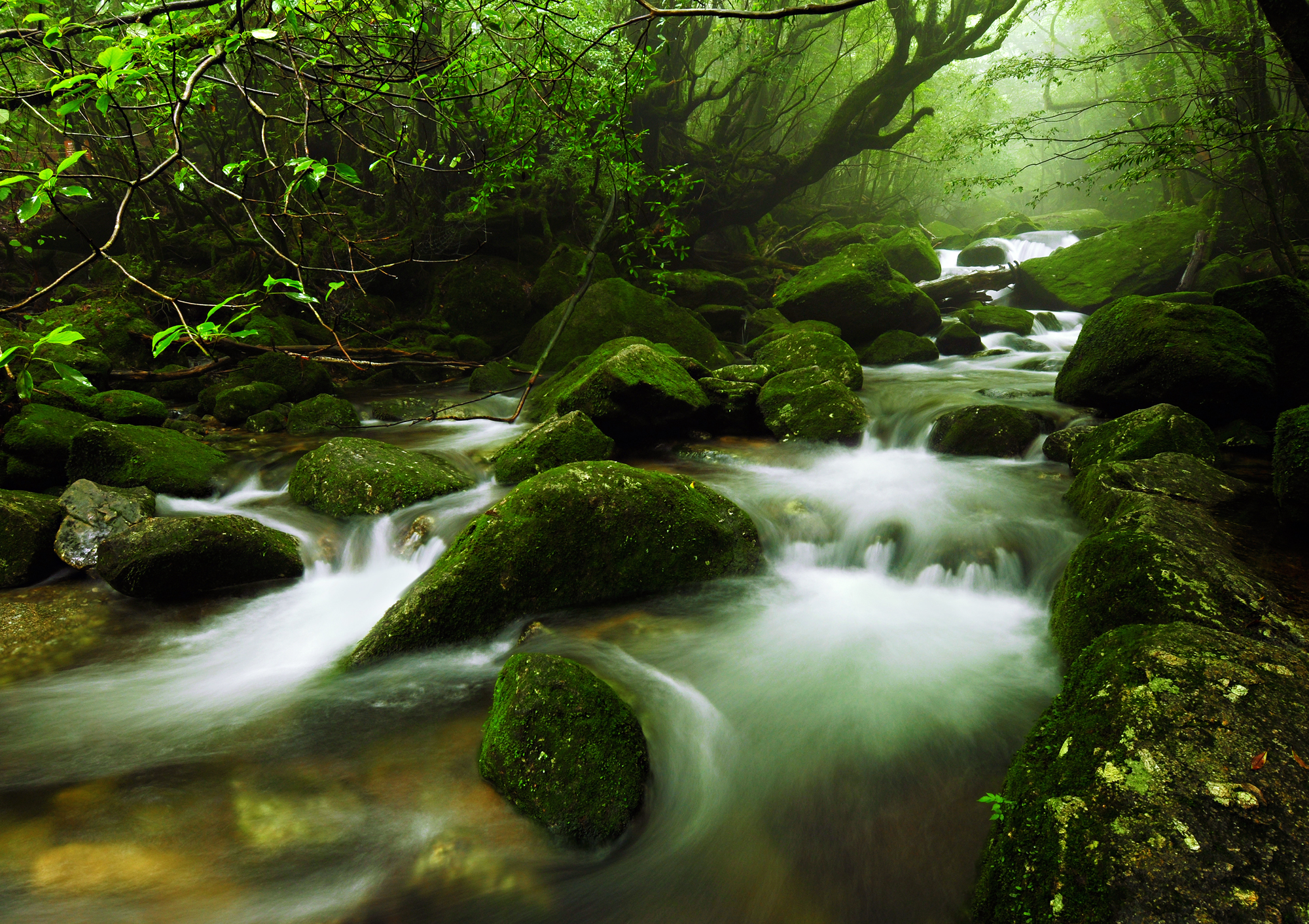
For a magical and mystical trekking experience, Yakushima, an island off the southern coast of Kyushu, beckons with its ancient cedar forests. The island's lush landscapes served as an inspiration for Hayao Miyazaki's animated film "Princess Mononoke," capturing the imaginations of nature enthusiasts and film lovers alike.

The Yakusugi Land trek allows hikers to wander through dense cedar forests, encounter ancient trees, and witness the vibrant ecosystem that thrives on the island. With trails ranging from easy walks to more challenging routes, Yakushima caters to trekkers of all levels, promising an enchanting journey through time and nature.
The Japan Alps – A Symphony of Peaks:

The Japan Alps, divided into the Northern Alps (Hida Mountains), Central Alps (Kiso Mountains), and Southern Alps (Akaishi Mountains), offer a diverse range of trekking experiences. These mountain ranges boast picturesque landscapes, alpine meadows, and challenging summits.

The Tateyama-Kurobe Alpine Route is a renowned trek that takes hikers through some of the most stunning scenery in the Northern Alps. Accessible by various modes of transportation, including cable cars and buses, this route allows trekkers to traverse high mountain passes and witness the awe-inspiring Tateyama Snow Corridor.
Shikoku Pilgrimage – A Spiritual Trek:

Shikoku, the smallest of Japan's four main islands, is home to the Shikoku Pilgrimage, a 1,200-kilometer route that connects 88 Buddhist temples. Pilgrims and trekkers alike embark on this spiritual journey, seeking enlightenment and a deep connection with nature.

The pilgrimage offers a mix of mountainous terrain, coastal paths, and rural landscapes. The Henro, as pilgrims are called, often wear distinctive white clothing and straw hats, creating a unique and spiritual atmosphere along the trails. The Shikoku Pilgrimage is a blend of physical challenge, cultural exploration, and introspection.
The Iya Valley - Hidden in the Heart of Shikoku:
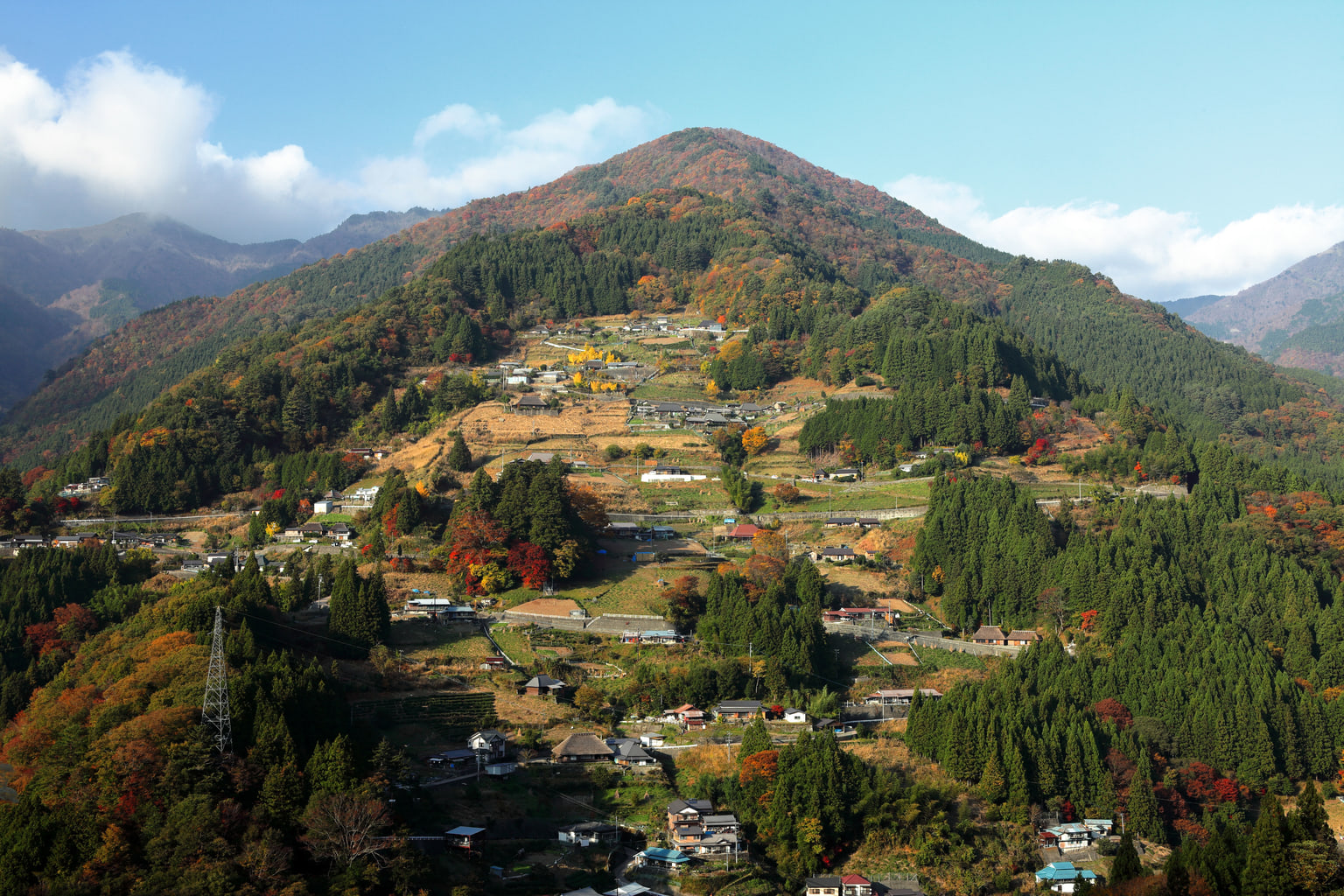
Tucked away in the heart of Shikoku, the Iya Valley is a hidden gem for trekkers seeking a tranquil escape. Known for its deep gorges, hanging vine bridges, and traditional thatched-roof houses, the Iya Valley offers a unique blend of natural beauty and cultural richness.
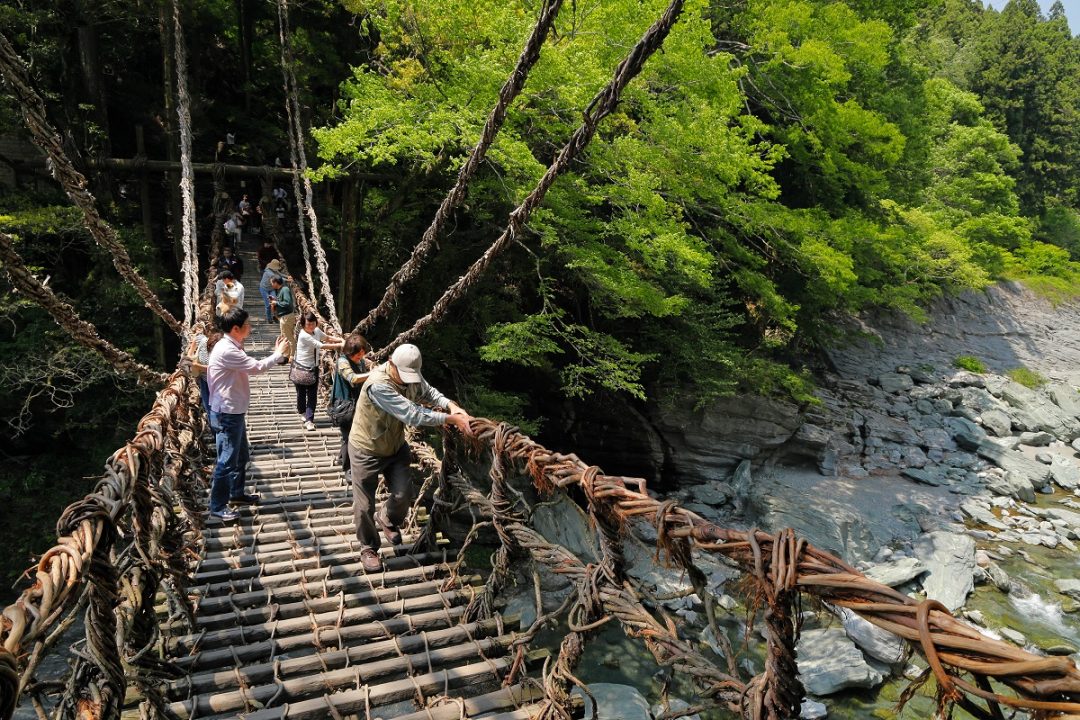
The Kazurabashi Vine Bridge is a popular starting point for trekkers, providing a thrilling yet picturesque entrance to the valley. Trails meander through lush forests and alongside pristine rivers, offering hikers a chance to immerse themselves in the serenity of the untouched landscape. The Iya Valley is not only a haven for nature lovers but also a cultural retreat, with opportunities to experience local hospitality in traditional guesthouses and hot springs after a day of exploration.
The Chubu-Sangaku National Park – Alpine Beauty in Central Japan:

Nestled in central Japan, the Chubu-Sangaku National Park is a treasure trove for alpine enthusiasts and those seeking panoramic views of towering peaks. This national park encompasses the Northern and Central Alps, providing a diverse range of trekking experiences.

One notable trek is the Kamikochi Valley, a pristine basin surrounded by high mountain peaks. Accessible by bus, Kamikochi offers a variety of trails suitable for different skill levels. Trekkers can marvel at the turquoise waters of the Azusa River, explore alpine meadows adorned with vibrant wildflowers, and enjoy the spectacle of the majestic Hotaka Mountain Range. The Chubu-Sangaku National Park offers a less crowded but equally awe-inspiring alternative for those looking to explore Japan's alpine beauty beyond the more famous trails.
Conclusion: Japan, with its diverse topography and rich cultural heritage, provides trekking enthusiasts with a plethora of options to explore. From the iconic ascent of Mount Fuji to the enchanting cedar forests of Yakushima, each trekking spot offers a unique blend of nature, history, and spirituality. Whether you are an avid hiker seeking a challenging summit or a cultural enthusiast longing for a historical journey, Japan's trekking spots are sure to leave an indelible mark on your soul. Lace up your hiking boots, embrace the beauty of the Japanese outdoors, and embark on a trekking adventure that will undoubtedly be etched in your memory forever

